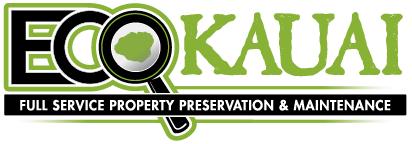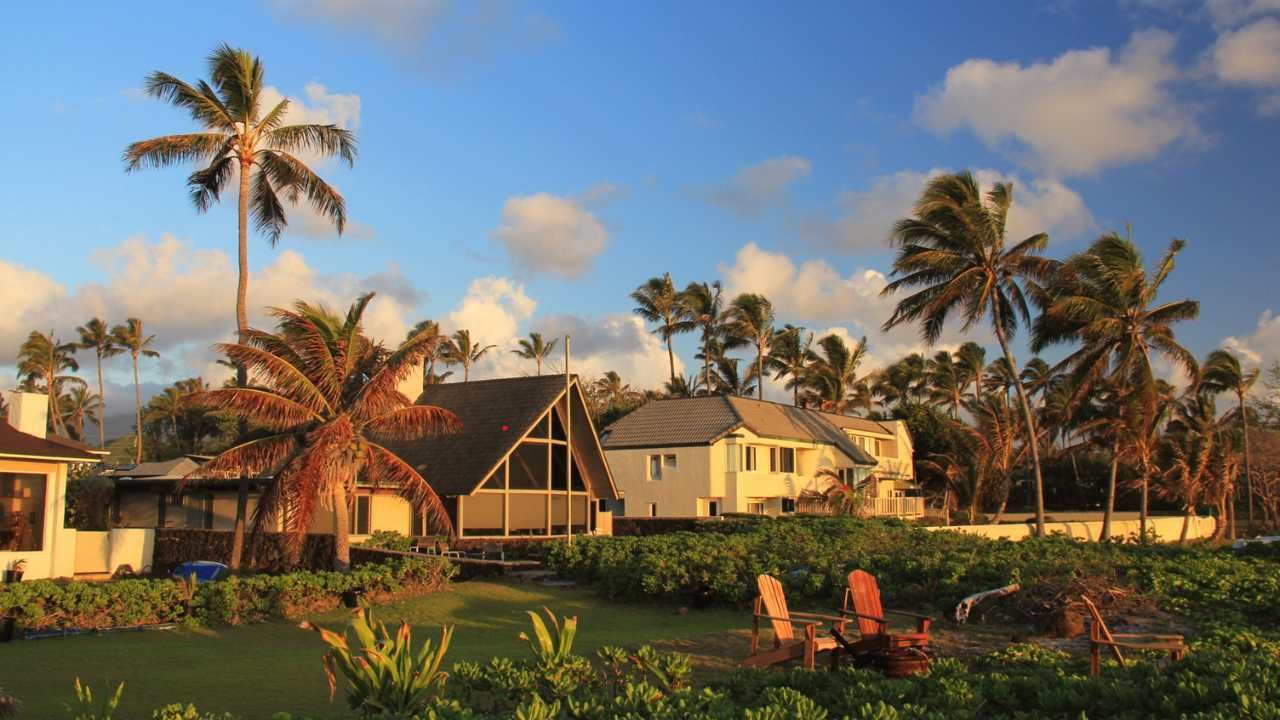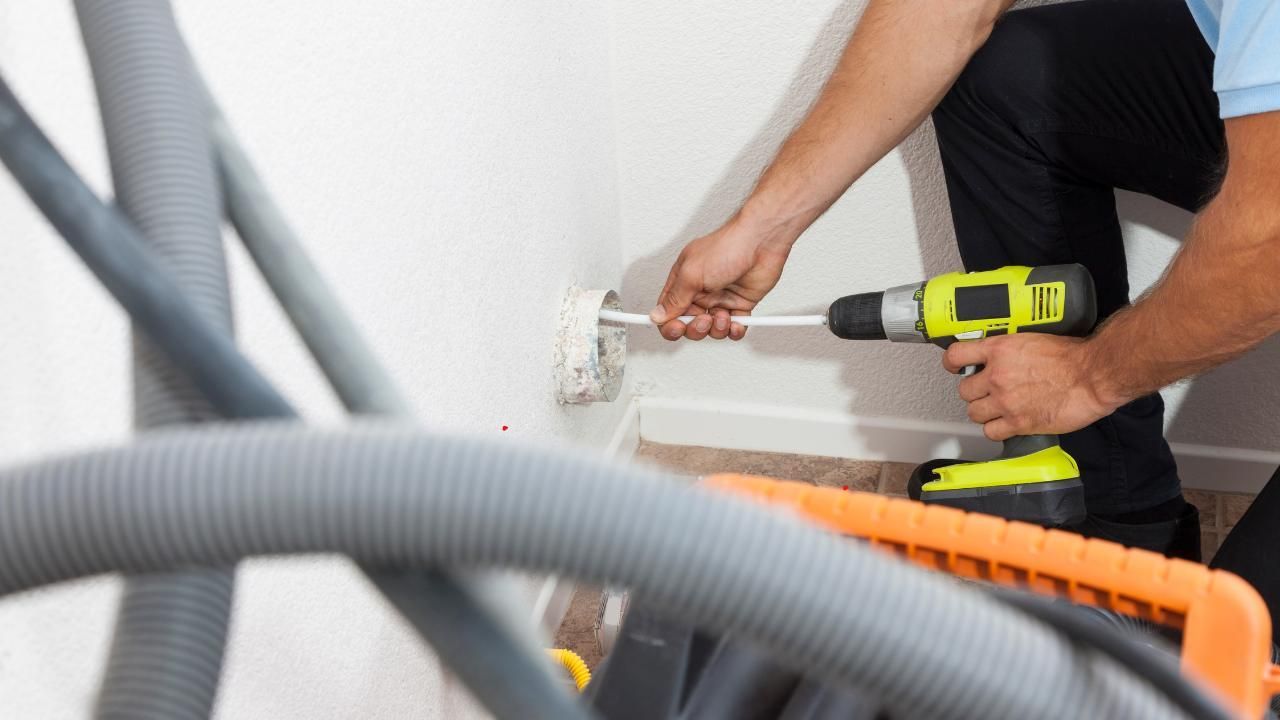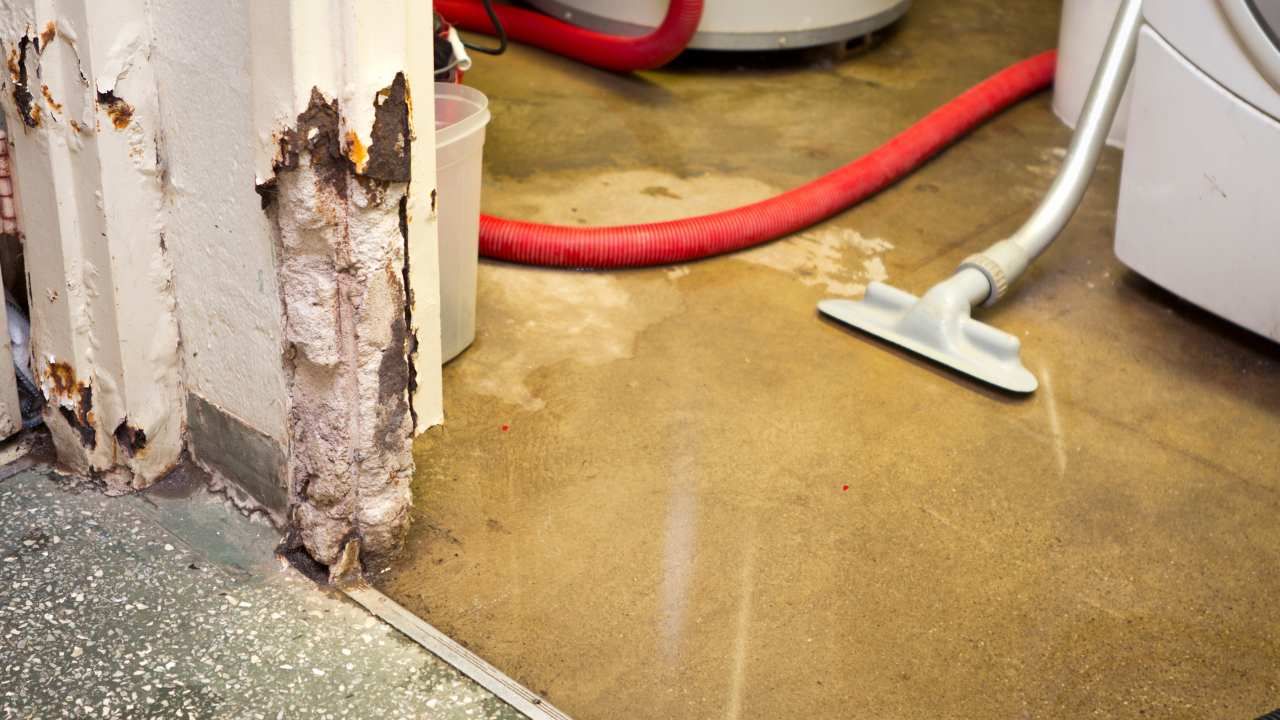The Connection Between Humidity and Mold in Hawaii
The Effects of Hawaii's High Humidity

Hawaii's stunning natural beauty, diverse landscapes, and tropical climate make it a dream destination for residents and tourists alike. However, the same climate that draws people to the islands can also present challenges when it comes to maintaining a healthy and mold-free living environment. One of the key factors contributing to mold issues in Hawaii is humidity. In this in-depth guide, ECO Kauai Services will explore the intricate relationship between humidity and mold in the Hawaiian context. We will delve into why high humidity levels are prevalent in the state, the impact of humidity on mold growth, and practical steps to manage and prevent mold in this unique environment.
Hawaii's tropical climate is characterized by consistently warm temperatures, abundant rainfall, and high humidity levels. The state's location near the equator exposes it to a moist and stable trade wind flow that carries warm, humid air from the ocean. These factors contribute to the high humidity that residents of Hawaii experience throughout the year.
- Trade Winds: The trade winds, which flow from east to west across the Hawaiian Islands, are laden with moisture from the surrounding Pacific Ocean. As this air interacts with the land, it can lead to increased humidity levels, especially on windward sides of the islands.
- Topography: Hawaii's varied topography, including mountain ranges and valleys, can create localized variations in humidity. In some areas, valleys may trap moist air, leading to higher humidity levels, while elevated regions may experience lower humidity.
- Seasonal Variations: While Hawaii's climate remains relatively consistent year-round, there are seasonal variations in humidity levels. The wetter winter months, which are more susceptible to heavy rainfall, can lead to higher humidity, especially in low-lying areas.
Impact of High Humidity on Mold Growth
he relationship between high humidity and mold growth, as well as the need for mold remediation in Hawaii, is well-documented, and it is particularly significant in the Hawaiian context. Mold requires specific conditions to thrive, and elevated humidity provides an ideal environment for mold spores to germinate and multiply.
Here's how high humidity contributes to mold problems in Hawaii:
- Humidity Fuels Mold Growth: Mold spores are ubiquitous in the environment, but they remain dormant until they encounter favorable conditions. High humidity, combined with the availability of organic material (such as wood or drywall), acts as a catalyst for mold growth. In Hawaii, the constant moisture in the air and frequent rain showers provide an environment conducive to mold development.
- Proliferation of Mold Spores: High humidity can lead to the increased production and dispersal of mold spores. When the air is saturated with moisture, mold spores become more mobile and easily distributed, increasing the likelihood of colonization in various areas of your home.
- Moisture Accumulation: High humidity levels often result in moisture accumulation on surfaces, including walls, ceilings, and floors. Condensation can form on cooler surfaces, providing an ideal substrate for mold growth. Bathrooms, kitchens, and poorly ventilated spaces are particularly susceptible.
- Chronic Humidity Challenges: Hawaii's consistently high humidity levels create chronic challenges for residents. Even well-ventilated homes can struggle to maintain indoor humidity levels below the threshold at which mold can flourish.
Managing Mold in a High-Humidity Environment
Living in a high-humidity environment like Hawaii does not mean you are destined to battle mold perpetually. There are effective strategies for managing and preventing mold growth in your home, even in the face of challenging humidity levels. Consider the following steps:
- Control Indoor Humidity: Use dehumidifiers in areas prone to high humidity, such as bathrooms and kitchens. Ensure your HVAC system is properly maintained and equipped with a dehumidification feature. Open windows and use exhaust fans to promote air circulation and reduce indoor humidity levels.
- Regular Cleaning and Maintenance: Regularly clean and dust your home to prevent organic material buildup, which can serve as a food source for mold. Inspect and address any leaks or water damage promptly. Repair roof leaks, plumbing issues, and damaged seals around windows and doors.
- Ventilation: Improve ventilation in areas like bathrooms and kitchens by using exhaust fans.Consider installing attic and roof vents to allow excess humidity to escape.
- Invest in Mold-Resistant Materials: Utilize mold-resistant building materials, such as drywall, paints, and insulation. These materials are designed to inhibit mold growth.
- Regular Inspections: Conduct routine inspections of your home for signs of mold, especially in areas prone to moisture accumulation.
- Furniture and Clutter: Avoid placing furniture against exterior walls, as this can restrict airflow and encourage condensation.Reduce clutter, which can trap moisture and provide hiding places for mold.
- Landscaping: Maintain your landscaping to prevent moisture buildup near the foundation of your home. Proper grading and drainage can divert water away from the structure.
- Proactive Mold Testing: Consider periodic mold testing to identify and address mold issues before they become extensive problems.
Practical Tips for Mold Prevention in Hawaii
In addition to the strategies mentioned above, there are several practical tips that can help you maintain a mold-free living environment in Hawaii:
- Keep Indoor Air Moving: Use ceiling fans and floor fans to improve air circulation, which can help reduce moisture buildup.
- Choose the Right Location: When selecting a place to live in Hawaii, consider the climate and location. Areas with good airflow and less rain may be less prone to mold issues.
- Regularly Clean Air Conditioning Units: Mold can develop in air conditioning units. Regularly clean and maintain these systems to prevent mold growth and ensure proper airflow.
- Use Mold-Resistant Paint: Consider using mold-resistant paints in areas where humidity and moisture are more challenging to control.
- Regularly Replace Filters: Change or clean the filters in your HVAC system regularly to maintain optimal air quality.
- Consider Mold-Resistant Products: Invest in mold-resistant shower curtains, mats, and other home goods, especially in moisture-prone areas.
High humidity levels are an ever-present challenge for residents of Hawaii. While the tropical climate offers many advantages, it also provides a fertile environment for mold growth. Understanding the connection between humidity and mold is the first step in effectively managing and preventing mold issues in your home. Proper management includes maintaining adequate ventilation, using dehumidifiers where necessary, and addressing water leaks promptly. For severe cases, professional mold removal may be necessary to ensure complete eradication.
By implementing strategies for controlling indoor humidity, maintaining proper ventilation, using mold-resistant materials, and staying proactive with cleaning and inspections, you can enjoy the beauty of Hawaii without the worry of mold invading your living space. Get in touch with us for more tips and guidance on creating a mold-free oasis in this tropical paradise. With the right knowledge and actions, you can create a mold-free oasis in this tropical paradise.




